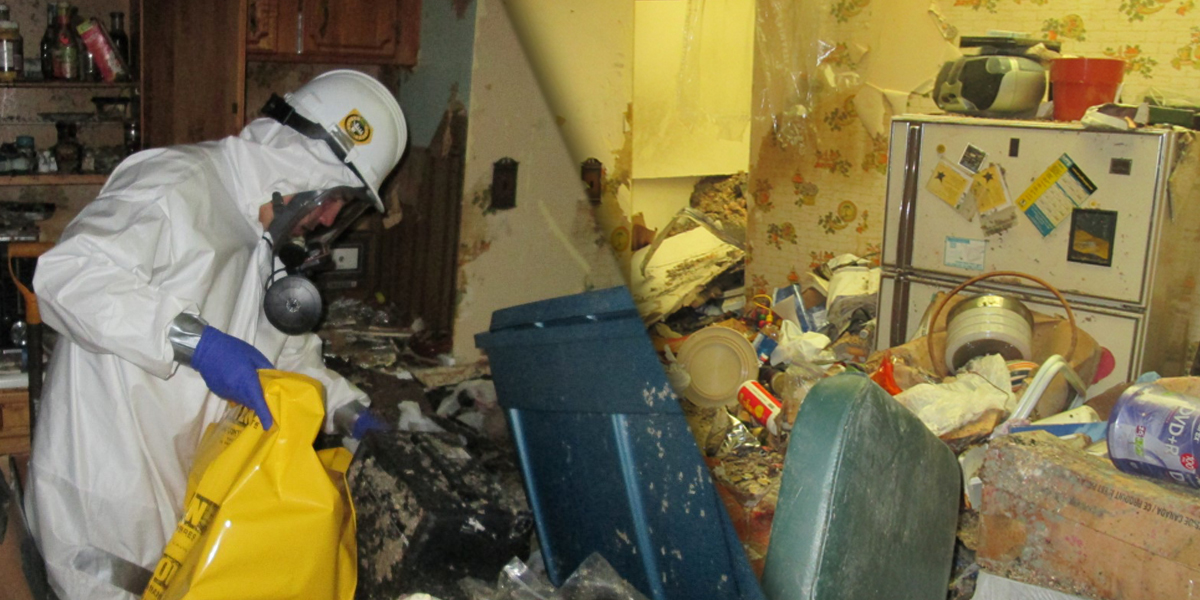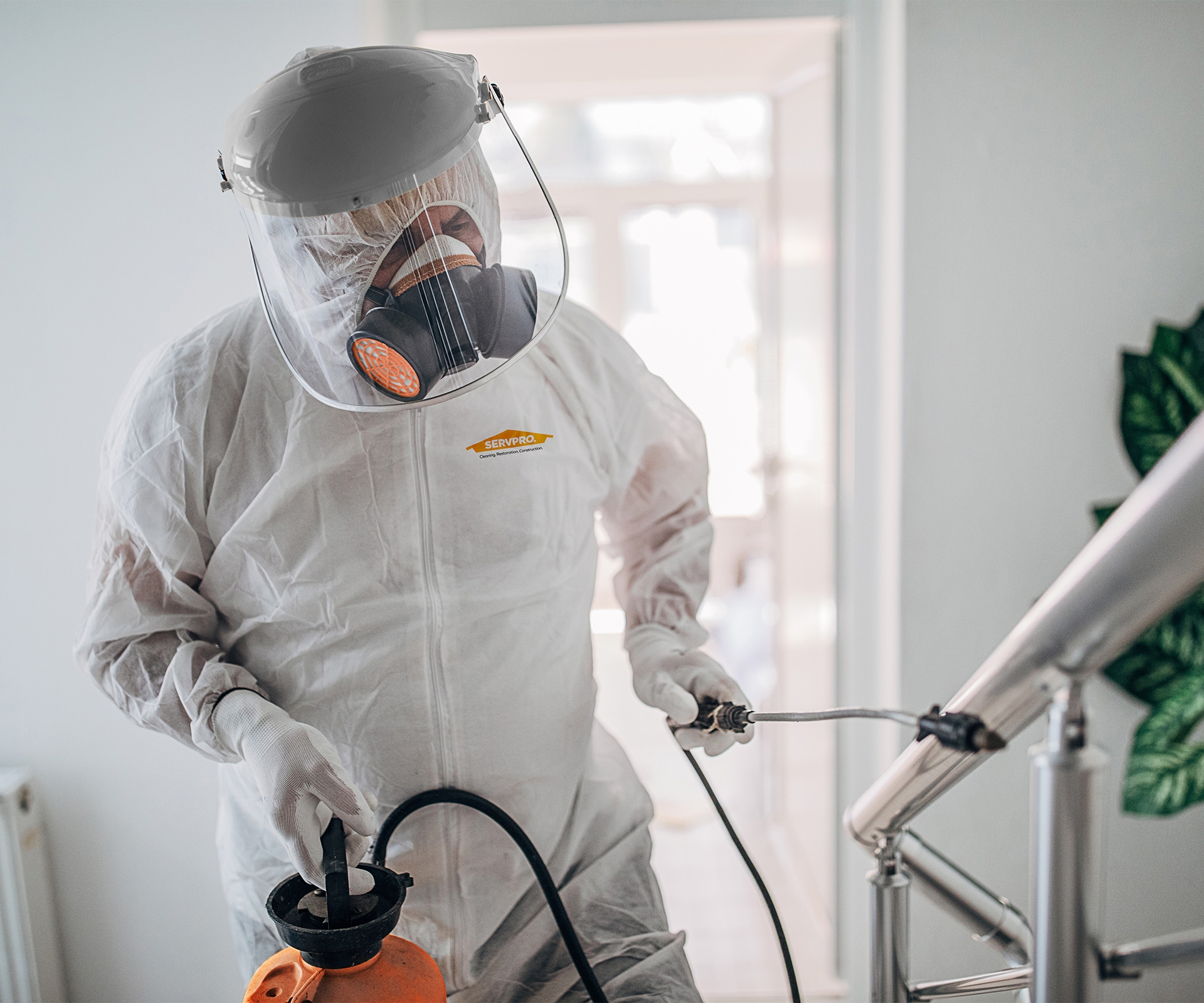Sewage Cleanup Services: Fast and Safe Remediation of Contaminated Areas
Sewage Cleanup Services: Fast and Safe Remediation of Contaminated Areas
Blog Article
Professional Biohazard Cleansing and Purification for Blood, Bodily Fluids, and Hazardous Materials
The possible health and wellness threats associated with direct exposure to biohazards highlight the crucial requirement for meticulous handling and extensive cleaning. As we navigate the complex landscape of biohazard cleaning, understanding the nuances of laws, compliance, and the specific tools at play becomes crucial in ensuring a safe and complete decontamination procedure.
Wellness Risks of Biohazard Exposure
Exposure to biohazards presents substantial wellness risks that can result in severe repercussions for communities and individuals alike. Biohazards encompass a vast array of biological compounds, consisting of blood, physical fluids, mold, germs, viruses, and other potentially infectious materials. When individuals enter contact with these biohazards, whether through mishaps, inappropriate handling, or ecological direct exposure, they face the risk of having significant illnesses or illness.
One of the key health risks connected with biohazard direct exposure is the transmission of transmittable conditions. Bloodborne virus such as HIV, liver disease B and C, and different bacteria can be present in biohazardous materials, positioning a direct hazard to human wellness. Breathing in airborne biohazards like mold spores or coming right into call with polluted surfaces can likewise lead to breathing problems, allergies, and various other damaging health and wellness impacts.
Furthermore, biohazard direct exposure can have long-lasting wellness ramifications, with some illness showing up years after the first get in touch with (Blood Cleanup). As a result, it is crucial to prioritize proper biohazard cleaning and decontamination to minimize these health dangers and ensure the safety and security of areas and individuals

Specialized Educating for Biohazard Clean-up
When it concerns managing biohazard cleaning successfully and safely, specialized training plays a fundamental duty in making sure correct purification procedures are complied with. Biohazard cleaning calls for certain knowledge and skills to efficiently reduce risks connected with bloodborne pathogens, bodily liquids, and unsafe products. Experts educated in biohazard cleaning go through rigorous instruction on just how to securely handle, eliminate, and throw away biohazardous products to stop contamination and direct exposure.
Specialized training for biohazard cleaning covers a range of essential subjects, consisting of appropriate individual safety tools (PPE) use, bloodborne microorganism understanding, purification techniques, and contaminated materials disposal procedures. People educated in biohazard clean-up are outfitted with the necessary knowledge to analyze contamination levels, recognize possible dangers, and execute ideal clean-up procedures in conformity with governing requirements.
Constant training and education and learning are paramount in the field of biohazard cleaning to stay updated on the most up to date decontamination technologies, safety procedures, and policies. By purchasing specialized training, biohazard cleanup specialists can successfully reply to emergency situation clean-up scenarios and secure both public health and wellness and the atmosphere.
Relevance of Correct Purification Techniques
Making use of correct decontamination strategies is critical in biohazard cleaning to successfully get rid of unsafe products and lessen health and wellness threats. Reliable purification not just makes sure the elimination of noticeable traces of blood, bodily fluids, and various other biohazards but also targets unseen microorganisms that might position significant health hazards otherwise appropriately gotten rid of. By following rigorous purification protocols, look here trained specialists can substantially lower the threat of direct exposure to harmful microbes, infections, and bacteria that might bring about illness or infections.
Correct decontamination methods include using specialized devices and anti-bacterials that are especially designed to reduce the effects of biohazards properly. Extensive cleansing and sanitation of contaminated areas are vital to prevent the spread of pathogens and make sure a risk-free setting for owners. Furthermore, the right disposal of biohazardous waste adhering to purification treatments is essential in preventing contamination of other surfaces or people.

Tools and Devices for Safe Clean-up
When dealing with blood, bodily liquids, or dangerous products, biohazard cleaning experts count on specialized gear to lessen exposure dangers and extensively decontaminate the afflicted location. Additionally, biohazard cleaning packages including anti-bacterials, absorbing products, and biohazard bags are utilized to securely dispose and have of contaminated products.
Advanced cleansing devices like hospital-grade anti-bacterials, HEPA-filtered vacuums, and fogging equipments are employed to sterilize surface areas and get rid of biohazards effectively. Specialized equipment such as sharps containers and biohazard waste disposal containers are made use of to securely handle sharp objects and biohazardous waste materials. By using the ideal tools and devices, biohazard cleansing professionals can guarantee a comprehensive clean-up process that prioritizes security and decreases wellness dangers for both workers and residents of the afflicted area.
Laws and Compliance in Biohazard Cleaning
Appropriate adherence to policies and compliance requirements is vital in biohazard cleaning to guarantee the safety of both personnel and the environment. Government agencies such as OSHA (Occupational Safety and Health Management) and the EPA (Environmental Defense Firm) have actually developed particular guidelines for biohazard cleanup procedures to reduce health threats and ecological contamination. These guidelines cover a variety of elements including the handling, transport, and disposal of biohazardous products, in addition to the required training and protective tools needed for employees entailed in the clean-up procedure.
Biohazard read this article cleaning firms have to stay up-to-date with these laws to assure that their operations meet the called for security standards. Failing to abide by these policies can result in extreme repercussions, including penalties, lawsuit, and endangering the health and wellness of individuals and the setting. By complying with stringent guidelines and compliance actions, biohazard cleaning firms can successfully reduce dangers and make sure a risk-free and extensive cleanup procedure for all parties included.
Final Thought
Finally, biohazard cleansing and decontamination call for customized training, correct methods, and adherence to guidelines. Exposure to blood, physical fluids, and harmful products poses substantial wellness dangers, making it crucial to utilize the best tools and tools for risk-free cleaning. By following stringent procedures and guidelines, experts can properly minimize the dangers connected with biohazard direct exposure and ensure the safety biohazard waste cleanup of both themselves and others.
As we navigate the complex landscape of biohazard cleaning, comprehending the nuances of policies, compliance, and the specific tools at play comes to be important in making sure a safe and detailed decontamination procedure. (Blood Cleanup)
When it comes to managing biohazard cleanup efficiently and safely, specialized training plays a fundamental role in ensuring appropriate decontamination procedures are complied with.Using appropriate decontamination techniques is important in biohazard clean-up to successfully get rid of harmful materials and reduce health risks. Additionally, biohazard cleansing packages having anti-bacterials, absorptive materials, and biohazard bags are used to securely have and get rid of of infected things.
Government agencies such as OSHA (Occupational Safety and Wellness Management) and the EPA (Environmental Protection Firm) have actually established specific standards for biohazard clean-up procedures to reduce health threats and environmental contamination.
Report this page